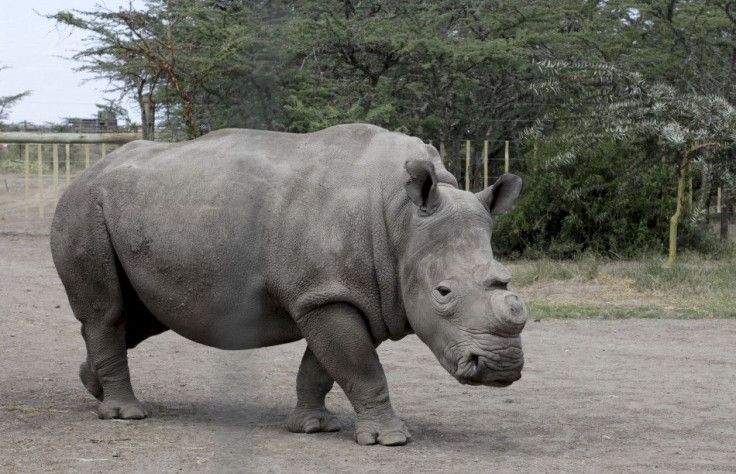'Stemcell Zoo' Could Rescue Endangered Species, Even Revive Extinct Ones

Scientists have produced the first stemcells from endangered species, marking the initial steps towards ensuring the survival of endangered species and perhaps even reviving extinct ones through stem cell technology.
Jeanne Loring and her colleagues at the Scripps Research Institute have created stemcells from frozen skin cells of two such endangered species - the drill and the northern white rhinoceros.
The best way to manage extinction is to preserve species and habitats but that is not always working, Oliver Ryder, director of genetics at the San Diego Zoo and co-leader of the study, said in a statement.
Stemcell technology provides some level of hope that they won't have to become extinct even though they have been completely eliminated from their habitat.
Almost four decades ago, in 1972, conservationists in San Diego began freezing skin samples from endangered species in the hopes that science would come up with a way to utilize the cells to pull these species from the brink of extinction, according to a MIT Technology Review report.
San Diego's Frozen Zoo has skin cells and other tissue samples from more than 800 species.
In 2006 Ryder contacted Loring about the possibility of using the samples from the Frozen Zoo to generate and store stemcells.
A BBC report explained that the stem cells were made from skin by a process of re-programming, where retroviruses and other tools of modern cell biology are used to bring the cells back to an earlier stage of their development.
At this stage they are said to be pluripotent, meaning they can be induced to form different kinds of specialized cell such as neurons and cartilage.
Scientists found that human genes which are used to reprogram human cells could also reprogram skin cells from both the monkey and the rhinoceros, though at a much lower efficiency, according to the study published in Nature Methods. In the near future researchers plan to start a stemcell zoo.
Studies using the stemcell approach are in progress to cure human diseases. However scientists hope to be able to use stemcells to create eggs and sperm, which could be then used for breeding thereby boosting the genetic diversity of endangered species. Frozen skin cells from threatened as well as extinct species obtained from the Frozen Zoo could be used as a starter kit for new life reports AFP.
Either induced sperm cells could be combined with the eggs from living animals through in vitro fertilization or both eggs and sperms might be generated from stemcells and the resulting embryos could be planted in live host animals. Scientists believe that this technique would be much more reliable than cloning techniques where the frequency of success is very low said Dr, Loring.
I think that work would be a lot easier ethically with endangered species than with humans, Loring said in a statement.
I suspect some people working in this area would love to have our cells for experiments.
The northern white rhinoceros (Ceratotherium simum cottoni) is a highly endangered species with only seven specimens remaining in existence. All seven are in captivity with two in San Diego.
The drill (Mandrillus leucophaeus) is closely related to the baboons and even more closely to the mandrill. Drills are found only in Cross River State, Nigeria; South Western Cameroon; and on Bioko Island, part of Equatorial Guinea. Drills are among Africa's most endangered mammals, and are listed by the IUCN (International Union for the Conservation of Nature) as the highest conservation priority of all African primates. Drill numbers have been declining in all known habitat areas for decades as a result of illegal commercial hunting, habitat destruction, and human development.
© Copyright IBTimes 2025. All rights reserved.





















